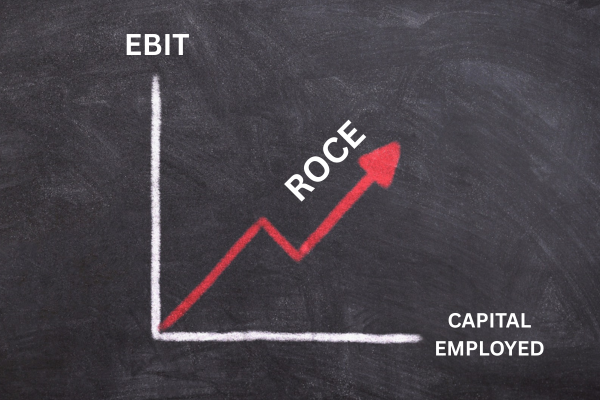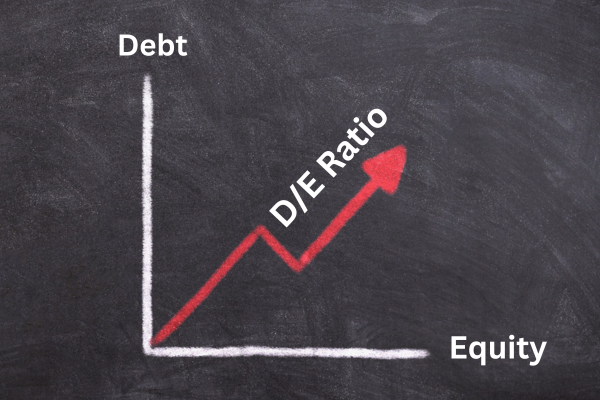Understanding a company’s true worth goes beyond just its stock price. Investors often rely on various financial metrics to evaluate whether a stock is fairly valued, overvalued, or undervalued. One such essential metric is the PB Ratio, which helps compare a company’s market value with its book value. This introduction explores how this ratio can guide smarter investment decisions by providing insight into a company’s underlying financial strength.
Whether you’re a beginner in stock analysis or an experienced investor, grasping the importance and application of this ratio can significantly enhance your investment strategy and help you spot valuable opportunities.
Table of Contents
What is PB Ratio?
PB Ratio stands for Price-to-Book Ratio. It is a financial valuation metric that compares a company’s current market price to its book value.
The formula is:
Price-to-Book Ratio = Market Price per Share / Book Value per Share
- Market Price per Share is the price at which the stock is currently trading in the market.
- Book Value per Share (BVPS) is calculated by subtracting total liabilities from total assets and dividing the result by the number of outstanding shares.
This ratio helps in understanding how the market values a company relative to its net asset value.
Why Does PB Ratio Matter?
- Valuation Tool: PB Ratio tells investors whether a stock is undervalued (PB < 1), fairly valued (PB = 1), or overvalued (PB > 1).
- Risk Assessment: A lower PB Ratio might indicate a margin of safety, especially in the case of stable or asset-heavy companies.
- Comparison Benchmark: It allows investors to compare companies within the same industry or sector.
- Better Insight in Asset-Heavy Industries: Price-to-Book Ratio is especially useful in industries like banking, manufacturing, and real estate, where tangible assets play a major role.
- Complement to Other Ratios: Used alongside PE Ratio and ROE, PB Ratio can provide a well-rounded view of a company’s financial health.
How to Calculate Price-to-Book Ratio
Let’s go through an example:
Suppose a company has:
- Market price per share = ₹500
- Total assets = ₹100 crore
- Total liabilities = ₹50 crore
- Outstanding shares = 5 crore
Step 1: Calculate Book Value per Share (BVPS)
BVPS = (Total Assets – Total Liabilities) / Outstanding Shares
= (₹100 cr – ₹50 cr) / 5 cr
BVPS = ₹50 cr / 5 cr = ₹10
Step 2: Apply the Price-to-Book Ratio formula
PB Ratio = Market Price per Share / Book Value per Share (BVPS)
= ₹500 / ₹10 = 50
This indicates that the stock is trading at 50 times its book value, suggesting it may be significantly overvalued unless justified by strong future earnings potential.
When Should You Use Price-to-Book Ratio?
- In Asset-Heavy Businesses: Price-to-Book Ratio is highly useful when analyzing banks, insurance firms, and real estate companies where the book value represents a significant part of the business.
- For Conservative Investments: Value investors who look for bargains often use PB Ratio to identify stocks trading below their book value.
- In Economic Downturns: During market corrections or downturns, PB Ratio can help identify quality stocks that are temporarily undervalued.
- When PE is Not Reliable: If a company has low or negative earnings, PE Ratio becomes meaningless. In such cases, PB Ratio remains a relevant valuation tool.
PB Ratio vs PE Ratio
| Feature | PB Ratio | PE Ratio |
|---|---|---|
| Measures | Price vs Book Value | Price vs Earnings |
| Suitable For | Asset-heavy businesses | Earnings-based valuation |
| Reliability | Good for companies with assets | Depends on consistent profitability |
| Affected by Losses | Not directly | Becomes meaningless if earnings are negative |
Tips to Use Price-to-Book Ratio Effectively
- Compare Within Industry: Use Price-to-Book Ratio to compare companies within the same industry for meaningful analysis.
- Combine with ROE: A low PB and high ROE is often a sign of a good investment.
- Look for Trends: Analyze how PB Ratio has changed over time to see how the company’s valuation has evolved.
- Cross-check with Other Ratios: Don’t rely on PB Ratio alone; always use it in conjunction with PE, Debt-to-Equity, and ROE.
Price-to-Book Ratio is a simple yet powerful tool in a stock investor’s toolkit. While it shines best in asset-heavy sectors, it also provides a baseline value for companies that may be under or overvalued. Use it wisely with other financial ratios and qualitative factors to make informed investment choices.
By understanding and applying Price-to-Book Ratio correctly, you can enhance your stock analysis skills and make smarter, data-driven investment decisions.
Frequently Asked Questions (FAQs)
Q1: What is the best PB Ratio to invest?
The best Price-to-Book Ratio to invest in is generally below 1, suggesting the stock may be undervalued. However, context matters—industry type and company fundamentals should also be evaluated.
Q2: Is PB ratio better than PE ratio?
PB Ratio is better for valuing asset-heavy companies, while PE Ratio is ideal for evaluating earnings performance. Each serves a different purpose, so one isn’t universally better than the other.
Q3: Is a higher PB ratio better?
A higher PB Ratio may indicate strong investor confidence and growth potential, but it can also suggest overvaluation. It’s important to compare it within the industry and assess company fundamentals.





